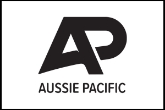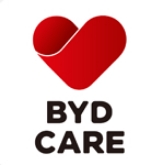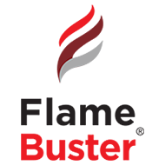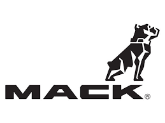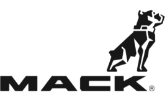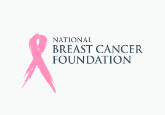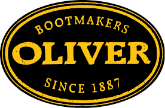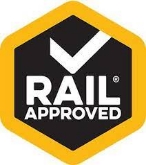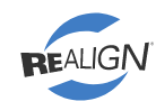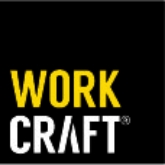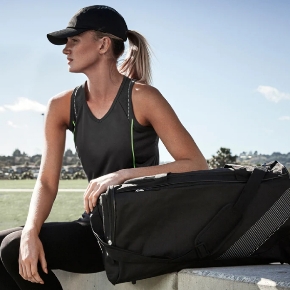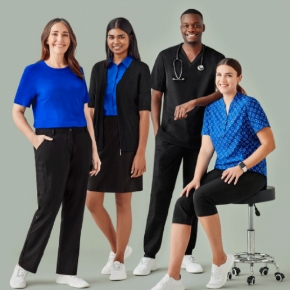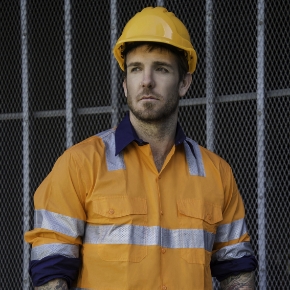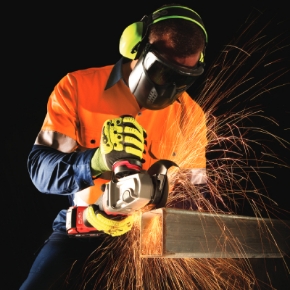
Originally published by the Australian Institute of Health & Safety
The AIHS will be publishing a series of news stories through October to support the four themes of National Safe Work Month. The first week focuses on WHS fundamentals, and gets back to basics by unpacking the fundamentals of WHS.
There are a number of fundamentals of good WHS practice, according to Safe Work Australia and industry leaders, who said one of the most important is taking an evidence-based approach to proactively managing WHS risks.
“Evidence-based solutions focused on critical life-threatening risks remain critical to organisations, to ensure as much as reasonably practical, that everything that can be done is being done to protect people’s lives,” said Rod Maule, GM safety & wellbeing for Australia Post and AIHS Board Member.
“Constantly testing and challenging your controls to ensure they are working effectively and remain the best solutions is key. This will protect the people in the organisation from harm and protect the organisation from legal and community backlash.”
Maule’s position was underscored by Safe Work Australia, which broke down the process of managing WHS risks into four steps – the first being to identify and assess risks, by talking to and consulting workers, looking for hazards in the workplace, and assessing the risks.
This is followed by control (eliminating risks if possible or minimising risks as much as reasonably possible using control measures), then closely monitoring and reviewing control measures to make sure they are working as planned, or adjusting these measures accordingly.
Safe Work Australia also emphasised the importance of worker consultation, which is not just a WHS fundamental – but a legal requirement.
“Workers have important ‘on the job’ insights and experience that can help you understand the workplace risks and make better decisions about safety,” Safe Work Australia said.
“Talk openly with your workers and take their views into account. If your workplace has health and safety representatives, they need to be consulted too. Encourage everyone to participate – workers are more likely to adopt safe working practices if they are part of the decision-making process.”
Consultation is an essential process and skill for WHS professionals, according to Maule, who said that safety professionals need to partner with operations to improve safety outcomes and become an enabler, rather than the only “doer of safety”.
“This imperative is not new, however, safety professionals can be their own worst enemy by acting as the ‘key doer’ of safety. It can be safe and rewarding to be constantly the person everyone goes to for safety fixes at an organisation,” he said.
“This, if left unchecked, becomes self-defeating, as operations rely on others to fix their problems rather than developing a culture of safety more broadly to have everyone thinking about continuous improvements in safety.”
Another important WHS fundamental is training and supporting workers to stay safe, according to Safe Work Australia, which said that there are a number of steps in this process:
- Provide the information and training workers need to work safely before they start working.
- Induct new workers with information on how to perform work safely and what procedures they need to know.
o Information should be clear so your workers understand it.
o Culturally and linguistically diverse workers may require translations, diagrams and demonstrations of tasks. - Provide ongoing supervision – check competency before reducing supervision.
- Regularly correct unsafe practices and ensure workers understand any new or changed instructions.
- Provide ongoing information and training to keep workers up-to-date.
- Make sure workers have the things they need to do the job safely and aren’t encouraged to take shortcuts.
Maule elaborated on this and explained that WHS professionals need to explore emerging technologies and AI to further strengthen controls and reduce risk. “This is a fast-growing area that is rapidly developing and provides significant opportunity to improve safety in our organisations,” he said.
“It is fast-paced so it is imperative to keep yourself educated about the opportunities and challenges with this technology as it rapidly develops.”
The basics of WHS will evolve over the coming years in a couple of important ways – the first of which involves rapid developments in AI capability, according to Maule, who said this will present significant opportunities for WHS professionals as well as organisational operations teams.
“AI, partnered with robotics, reporting and camera technology, has the ability to significantly improve safety. AI is becoming cheaper and more effective,” he said.
Another important development will be the continued emergence and convergence of psychosocial safety risks, which Maule said will make it “much more challenging to ensure your organisation is able to meet its moral and legal obligations”, he said.
Maule also underscored the importance of education and continuing professional development for WHS professionals. “Safety professionals have an obligation to continuously educate themselves if they want to be considered a professional,” he said.
“The CPD process at the AIHS can aid people to keep track of their development, and is an evidence-based way of showing you are a professional,” he said.
“Whether your CPD is through formal education, attending seminars/conferences, developing networks of like-minded professionals and visiting organisations that are leading in safety, are all extremely important. The AIHS is a great way to do this through a range of activities such as breakfast seminars, conferences, local working groups and mentoring opportunities.”






